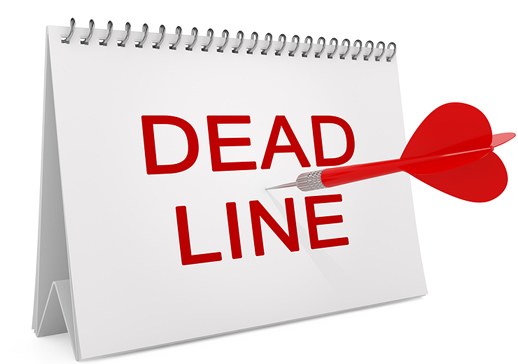Critique evaluates the strengths and weaknesses of the policy analysis
I NEED A CRITIQUE OF THE 2 POLICY ANALYSIS’S THAT ARE ATTACHED. PLEASE FOLLOW THE GUIDELINES BELOW:
THESE ARE TWO SEPARATE CRITIQUES PLEASE
2If you haven’t yet, please review at least one of my critiques of your colleague’s initial discussion for this week. My critiques are in the Discussion area as Elam’s review. Thank you, David, for volunteering to be part of the volunteer group.
3- Please have your two replies completed by Saturday evening.
4- Be sure your comments revolve around Eightfold Path principles or Weimer and Vining, referencing the page number
5- Your comments are to be in a critique format. You want to provide the strengths and weaknesses of Bardach’s and Patashnik’s or Weimer and Vining’s principles were applied.
6- You should not be suggesting additional content unless it is related to one of Bardach and Patashnik’s or Weimer and Vining’s principles
7- Each reply must contain at least 150 words, at least 1 in-text citation (a principle from Bardach and Patashnik or Weimer and Vining that would strengthen your colleague’s argument) from at least 1 authoritative source (The Eightfold Path guide or Weimer and Vining), and follow the current APA formatting requirements for all in-text citations and Sources section.

 Our orders are delivered strictly on time without delay
Our orders are delivered strictly on time without delay  Our orders are delivered strictly on time without delay
Our orders are delivered strictly on time without delay 


